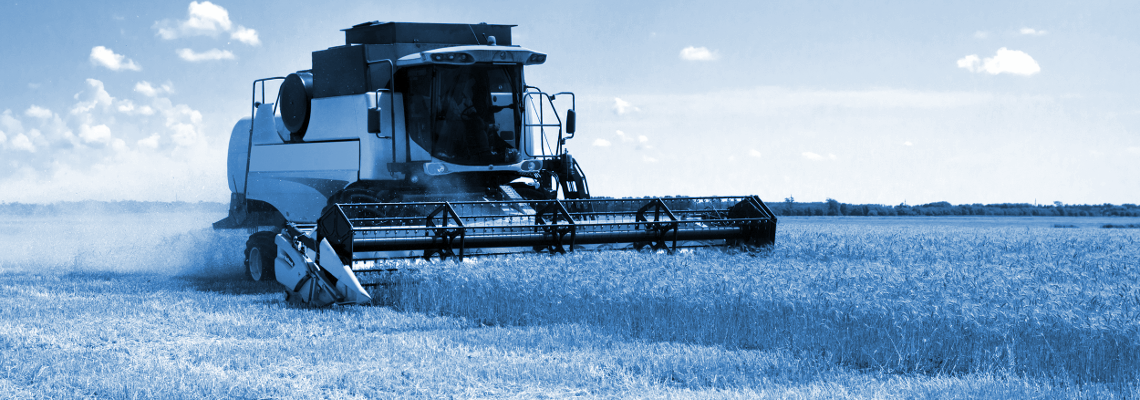Jacto Announces New Plant in Brazil
Jacto has announced a new 96,000 m2 plant that it will build by 2023 in Pompeia-SP – Brazil, the same location where most of its operations are already located. Fernando Gonçalves Neto, Jacto President, says the new and modern facility will sustain forecasted growth for several years.
Source: M&T Magazine Read The Article
PSR Analysis: Jacto has been growing in importance with specialized products for high caliber agriculture in Brazil with sprayers, harvesters, and seeders. They have been launching new agricultural products with remarkable success and the growth outlook is positive. PSR
Fabio Ferraresi is Director of Business Development-South America for Power Systems Research





